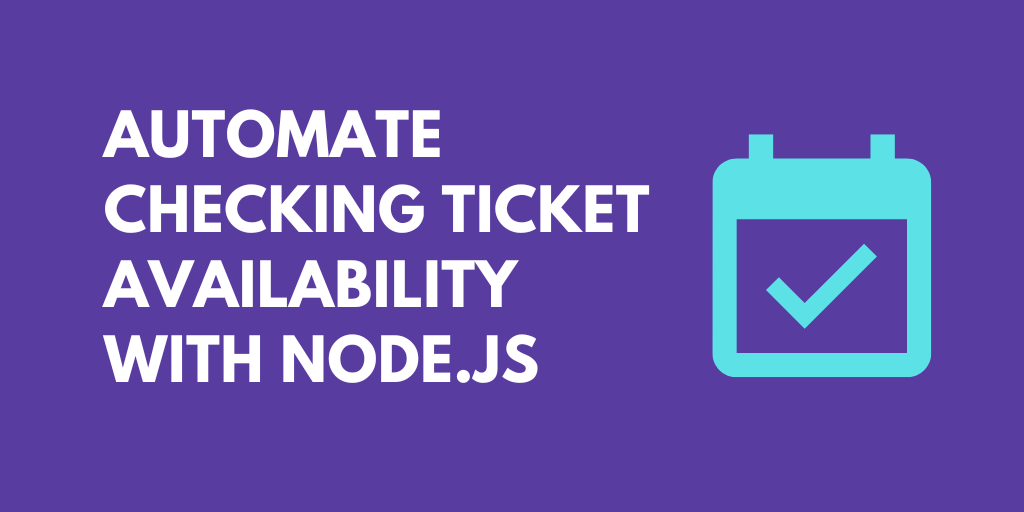What do you want to automate
with Brillium and Node?
Prompt, edit and deploy AI agents that connect to Brillium, Node and 3,000+ other apps in seconds.
Trusted by 1,000,000+ developers from startups to Fortune 500 companies
Popular Brillium and Node Triggers#
Emit new event when a new assessment is created in Brillium. See the documentation
Emit new event when a new topic is added to an assessment in Brillium. See the documentation
Emit new event when a new question is added to an assessment in Brillium. See the documentation
Emit new event when a new respondent completes an exam, test, quiz, or survey. See the documentation
Emit new event when new results are added for an existing respondent. See the documentation
Popular Brillium and Node Actions#
Retrieve all Assessments for a Brillium account. See the documentation
Write custom Node.js code and use any of the 400k+ npm packages available. Refer to the Pipedream Node docs to learn more.
Retrieves results for a respondent. See the documentation
Retrieve all Respondents for a Brillium account. See the documentation
Connect Brillium#
import { axios } from "@pipedream/platform"
export default defineComponent({
props: {
brillium: {
type: "app",
app: "brillium",
}
},
async run({steps, $}) {
return await axios($, {
url: `${this.brillium.$auth.api_url}/Accounts`,
auth: {
username: `ASSESSMENTS-API`,
password: `${this.brillium.$auth.api_password}${this.brillium.$auth.security_token}`,
},
})
},
})
Overview of Node#
Develop, run and deploy your Node.js code in Pipedream workflows, using it between no-code steps, with connected accounts, or integrate Data Stores and File Stores
This includes installing NPM packages, within your code without having to manage a package.json file or running npm install.
Below is an example of installing the axios package in a Pipedream Node.js code step. Pipedream imports the axios package, performs the API request, and shares the response with subsequent workflow steps:
Connect Node#
// To use previous step data, pass the `steps` object to the run() function
export default defineComponent({
async run({ steps, $ }) {
// Return data to use it in future steps
return steps.trigger.event
},
})Community Posts#
